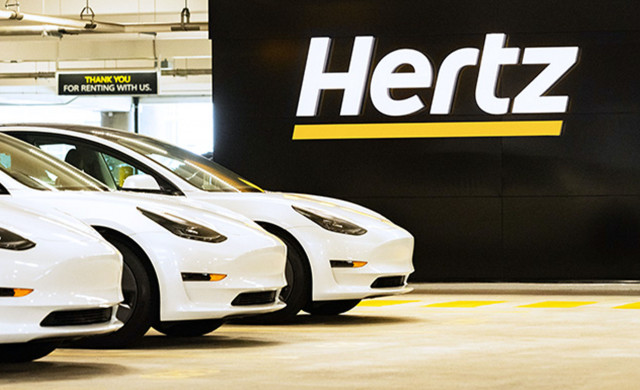Uber is working with unnamed automakers to design EVs customized for its ride-hailing and delivery services, according to The Wall Street Journal.
Uber CEO Dara Khosrowshahi confirmed the project last week at an event hosted by the paper, but declined to say which automakers the company was working with.
Ride-hailing could have seats that allow passengers to face each other, while two- or three-wheeled vehicles are being considered for delivery services owing to their smaller footprint, the Uber CEO said.
 Arrival Car prototype
Arrival Car prototype
All vehicles would be optimized for city use, meaning lower speeds than conventional cars. Higher top speeds aren’t necessary in urban environments, Khosrowshahi said, adding that designing for a lower top speed could lower costs.
Uber was previously working with U.K.-based Arrival, coming up with a great-looking, futuristic people-mover, but later last year Arrival reportedly dropped the project, in favor of a focus on electric vans, which the startup had been aiming to build before the Uber tie-in.
 Tesla at Hertz
Tesla at Hertz
Efforts to acquire customized EVs feed into Uber’s targeting of a “zero-emission platform” by 2040, with a goal to be all-electric by 2030—but only in some markets. In the meantime, Uber drivers are eligible to rent Tesla EVs for shorter terms, all-inclusive, through Hertz. The rental giant wants to make ride-hailing drivers a big share of customers for the EV fleet it’s rolling out nationwide.
By California standards, that’s not above and beyond but just complying. In 2021 the state approved an EV mandate for Uber and Lyft that will make larger fleet and ride-hailing companies go all-electric by 2030.
Related Articles
- Lucid motors are already helping energize Formula E racing
- 2024 Polestar 2 EV switches to rear-drive, seeks 300-mile range
- US shift toward wind and solar will cut coal, make EVs cleaner
- Ford patents magnetic charging connector: MagSafe for EVs?
- Lightyear 0 solar EV nixed, as company pivots to Lightyear 2
